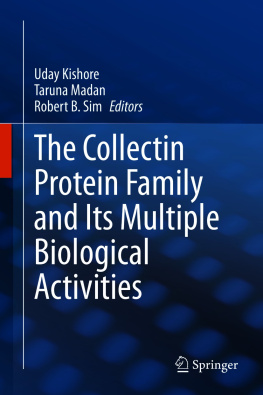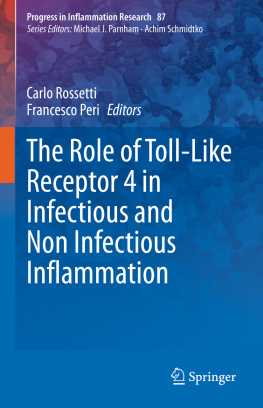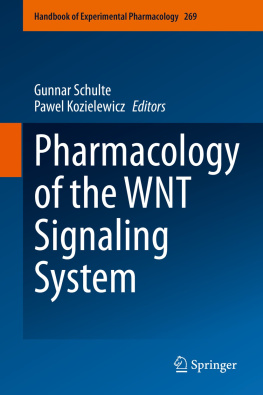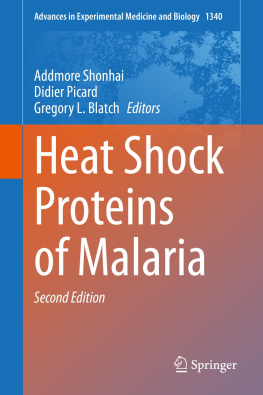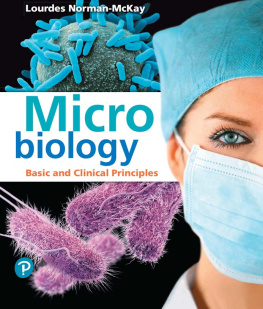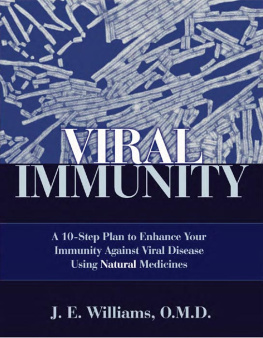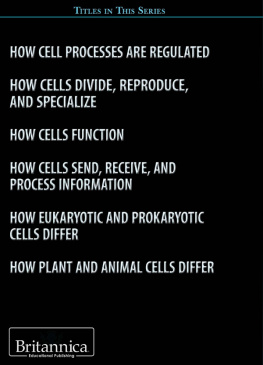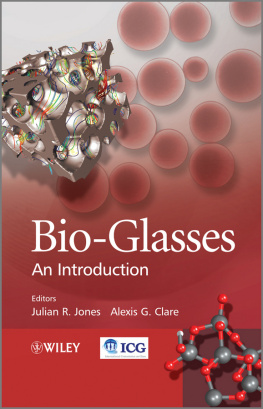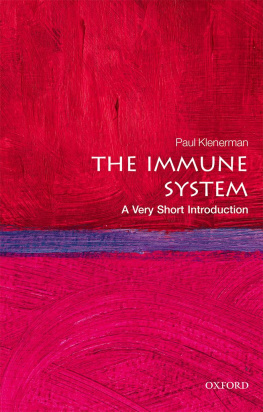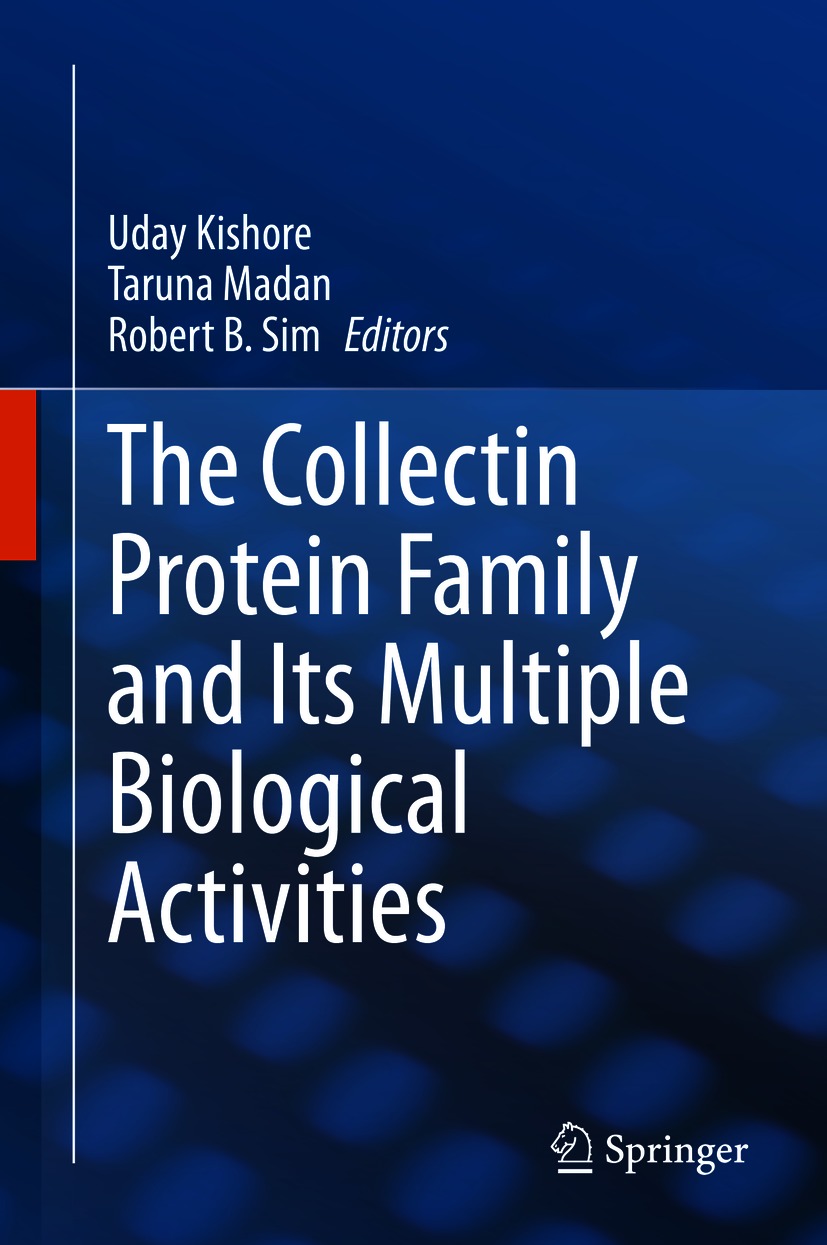Editors
Uday Kishore , Taruna Madan and Robert B. Sim
The Collectin Protein Family and Its Multiple Biological Activities
1st ed. 2021

Logo of the publisher
Editors
Uday Kishore
Biosciences, College of Health, Medicine and Life Sciences, Brunel University London, Uxbridge, UK
Taruna Madan
Department of Innate Immunity, National Institute Research Reproductive Health, Mumbai, India
Robert B. Sim
Department of Biochemistry, University of Oxford, Oxford, UK
ISBN 978-3-030-67047-4 e-ISBN 978-3-030-67048-1
https://doi.org/10.1007/978-3-030-67048-1
Springer Nature Switzerland AG 2021
This work is subject to copyright. All rights are reserved by the Publisher, whether the whole or part of the material is concerned, specifically the rights of translation, reprinting, reuse of illustrations, recitation, broadcasting, reproduction on microfilms or in any other physical way, and transmission or information storage and retrieval, electronic adaptation, computer software, or by similar or dissimilar methodology now known or hereafter developed.
The use of general descriptive names, registered names, trademarks, service marks, etc. in this publication does not imply, even in the absence of a specific statement, that such names are exempt from the relevant protective laws and regulations and therefore free for general use.
The publisher, the authors and the editors are safe to assume that the advice and information in this book are believed to be true and accurate at the date of publication. Neither the publisher nor the authors or the editors give a warranty, expressed or implied, with respect to the material contained herein or for any errors or omissions that may have been made. The publisher remains neutral with regard to jurisdictional claims in published maps and institutional affiliations.
This Springer imprint is published by the registered company Springer Nature Switzerland AG
The registered company address is: Gewerbestrasse 11, 6330 Cham, Switzerland
Foreword
Bovine conglutinin was the first collectin protein to be identified in 1909 by Bordet and Gay, characterized by its property of agglutinating erythrocytes that had reacted with antibody and complement, which is now known to be due to the binding of the conglutinin to the carbohydrate site on iC3b, coated on the surface of the activator. However, it was not until the late 1980s, after conglutinins molecular structure was fully established, that it became apparent that there is a family of proteins, which have C-type lectin-binding heads connected to triple helical collagen-like tails, which include mannose-binding lectin (MBL) and the lung surfactant proteins SP-A and SP-D, as well as conglutinin and another bovine collectin, CL-46.
The overall structural similarity between these collectins, and later the ficolins (which have fibrinogen-like globular heads connected to collagen-like tails), and the complement component C1q, did suggest that, like C1q, the collectins and ficolins, might be involved in the recognition and elimination of pathogenic microorganisms. This indeed turned out to be true, for MBL and the ficolins, which specifically bind, by their lectin-binding domains, to arrays of carbohydrate structures on the surfaces of pathogens, leading to the activation of the serum complement system, via their MBL-associated serine proteases (MASPs), in an analogous fashion to that seen by the interaction of C1q to immune aggregates, followed by the activation of its associated C1r2C1s2 protease complex, and consequently the complement cascade. However, it became very clear that the lung surfactant proteins, SP-A and SP-D, do not associate with proteases such as the MASPs, or the C1r2C1s2 complex, to activate the complement system, but mediate their innate immune properties by triggering receptors after binding their targets, and, as highlighted in this volume, appear to play important immune surveillance roles within quite a range of tissues besides the lungs.
The volume thus covers the recent advances with respect to the structures and functions of MBL, ficolins and MASPs, SP-A and SP-D, and neatly ends with a survey of bovine collectins, featuring conglutinin, the very first collectin to be identified, in which it is suggested that the protein may enhance the clearance of mycobacterial infection by M. bovis and M. tuberculosis.
Kenneth B. M. Reid
Preface
Collectins (collagen containing C-type lectins) are soluble molecular pattern recognition proteins endowed with the ability to discriminate between self and non-self. They are also capable of recognizing altered self including apoptotic and necrotic cells as well as tumor cells as a part of their immune surveillance activities. Since the discovery of mannan-binding lectin (MBL) as the recognition subcomponent of the complement lectin pathway, and that of surfactant protein A (SP-A) and D (SP-D) as molecules involved in surfactant homeostasis and pulmonary defense, the knowledge about the collectin family members has come a long way in the last two decades. This book is a tribute to all those brilliant researchers in the field who kept on discovering new knowledge on collectins with their imaginative ideas. Collectins are now recognized as potent mucosal immune players. They influence hostpathogen interaction in a complement-dependent and independent manner, regulate inflammation, dendritic cell maturation, T and B cell functions, in allergy, pregnancy, autoimmunity, and cancer. Thus, there could not have been a more pertinent time to publish a book exclusively on the collectins.
This book begins with a historical account of seminal discoveries on the lectin pathway (Mac Turner), followed by current state-of-the-art information on MBL structure-function and its importance in physiology and disease mechanisms (Doulami et al.). Next two chapters have focused on rather enigmatic MBL-associated serine proteases (MASPs) that continue to ignite debate and controversy about their association with MBL and independent roles in complement activation. Their involvement in processes other than the lectin pathway via selective targeting is vividly addressed by Gal and Dobo. The crystallographic structural details of MASPs and their parallel with C1r and C1s of the classical pathway are presented by Gaboriaud et al.
Collectins not only recognize both extracellular and intracellular pathogens, but they also activate the immune cells to effectively eliminate pathogens. Yasmin and Kishore provide a detailed account of various biological mechanisms underlying the broad spectrum anti-pathogenic activities of SP-A and SP-D. The next chapter describes the important role SP-D plays in protective immune response against allergen challenge (Singh et al.). SP-D (and a recombinant fragment of human SP-D containing neck and trimeric lectin domains) can bind a range of allergens, inhibit IgE binding, dampen histamine release by activated basophils, and cause Th2 to Th1 polarization. Most crucially, a link between SP-D and B cell modulation has emerged that involves suppression of IgE synthesis by primed B cells ex vivo. An anti-cancer role of SP-D was discovered by serendipity, as a follow-up of the role of SP-D in pulmonary hypersensitivity. Activated or sensitized eosinophils seem convenient targets for SP-D-induced apoptosis. When these experiments were replicated using an eosinophilic-leukemic cell line, a link between SP-D and p53 pathway was unraveled. Subsequent studies have revealed that SP-D differentially binds to cancer cells, initiating signaling leading to their apoptotic death, as evident in leukemia, lung cancer, ovarian cancer, pancreatic cancer, and prostate cancer. Thakur et al. thus provide an insight into SP-D-mediated simultaneous targeting of multiple cellular signaling pathways including transcription factors, tumor cell survival factors, and protein kinases resulting in the efficient and selective killing of cancer cells.

